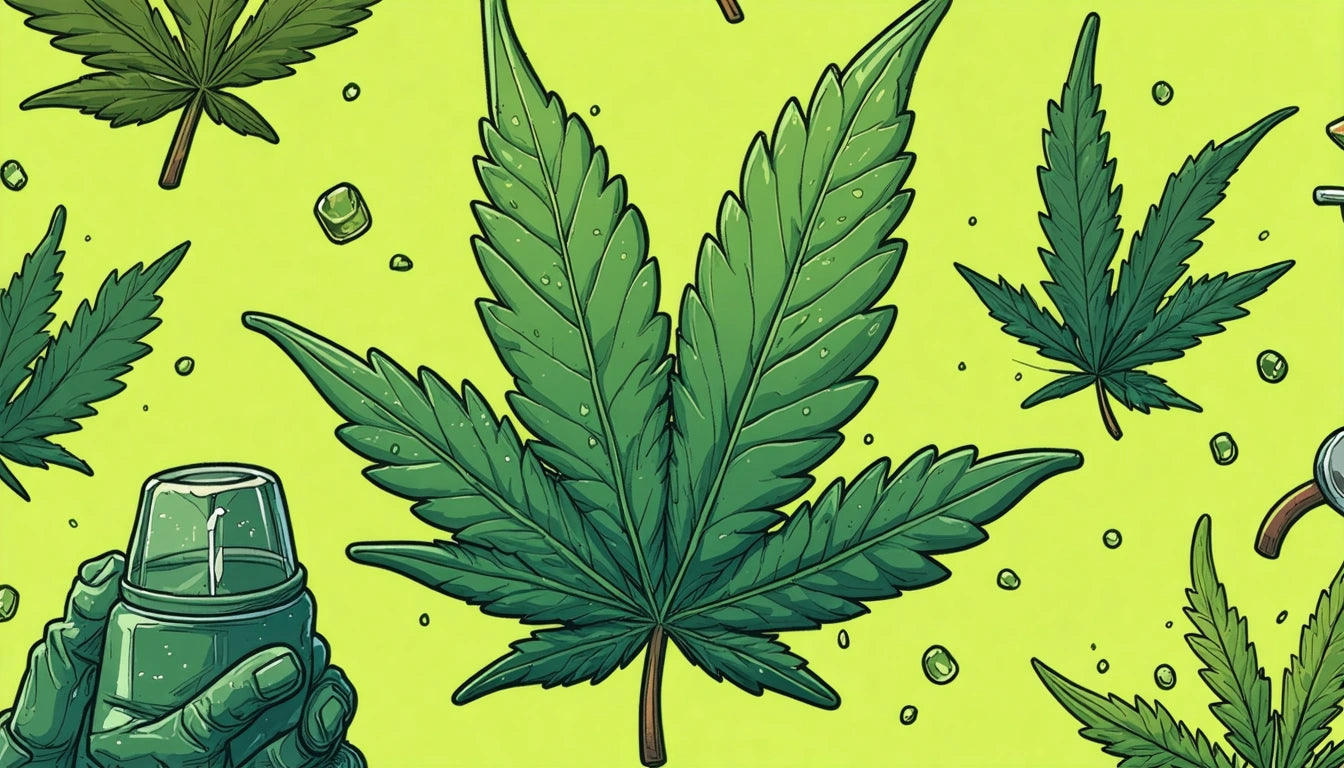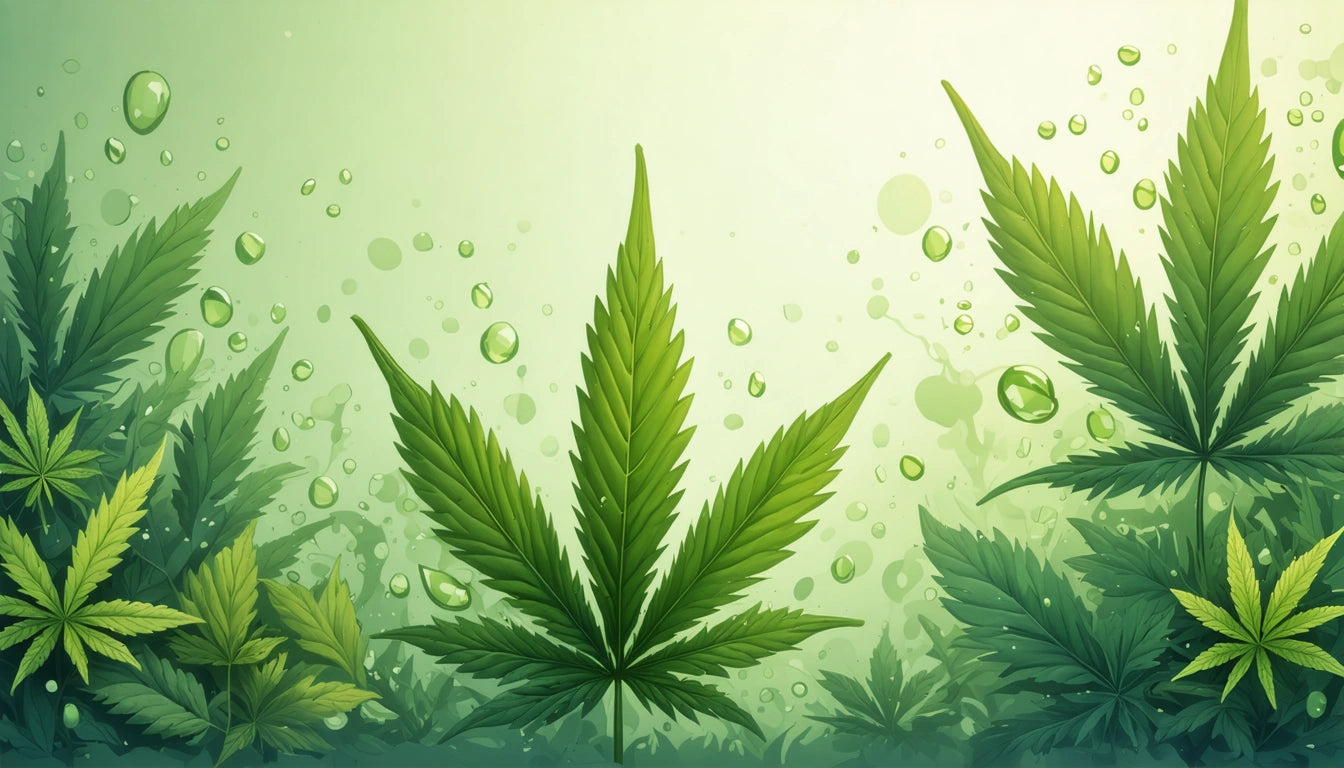Table of Contents
Understanding the Risks: Is It Possible to Overdose on Weed?
Cannabis consumption has increased significantly with expanding legalization, raising important questions about safety thresholds. Many consumers wonder how much weed it takes to overdose or whether a fatal overdose is even possible. This comprehensive guide examines the science behind cannabis consumption limits, safety considerations, and practical guidelines for responsible use.
Defining Cannabis Overdose: Facts vs. Fiction
The term "overdose" requires clarification when discussing cannabis. Unlike opioids or alcohol, there are no documented cases of death directly attributed to cannabis toxicity alone. Cannabis overdose typically refers to consuming enough THC to cause severe discomfort or distress rather than life-threatening conditions.
The question of how many people have overdosed on weed becomes clearer when distinguishing between fatal overdoses (effectively zero) and adverse reactions requiring medical attention, which are relatively uncommon but do occur. These incidents typically involve extremely high THC concentrations or underlying health conditions.
THC Consumption Limits: How Much is Too Much?
When considering how much weed it takes to overdose, several factors come into play:
- Method of consumption (smoking, edibles, concentrates)
- THC concentration
- Individual tolerance
- Body weight and metabolism
- Presence of other substances
For inhaled cannabis, effects typically peak within 30 minutes, while edibles can take 2-3 hours to reach full effect. This delayed onset with edibles often contributes to overconsumption as users may mistakenly take additional doses when not feeling immediate effects.
According to dosage guidelines, beginners should start with 2-5mg THC for edibles, while experienced users might comfortably consume 20-30mg. Doses exceeding 50-100mg can produce intense, potentially uncomfortable experiences for most consumers.
Symptoms of Overconsumption: Recognizing Warning Signs
Understanding how much weed to consume safely means recognizing when you've had too much. Symptoms of THC overconsumption include:
- Extreme anxiety or panic
- Paranoia or fear
- Rapid heart rate
- Disorientation or confusion
- Nausea or vomiting
- Hallucinations or delusions (rare, at very high doses)
- Psychomotor impairment
These symptoms, while distressing, are typically temporary and resolve as THC metabolizes out of the system. For most healthy adults, even severe overconsumption will not cause permanent harm.
Risk Factors: Who's More Vulnerable to Adverse Effects?
Certain populations face higher risks when consuming cannabis:
- Individuals with pre-existing cardiovascular conditions
- Those with psychiatric disorders or family history of psychosis
- Children and adolescents
- Pregnant women
- Older adults with multiple medications
For these groups, the threshold for how much it takes to overdose on weed is significantly lower, and consumption should be approached with extreme caution or avoided entirely.
Safety Practices: Responsible Cannabis Consumption
Responsible consumption starts with proper storage and handling. Many consumers use secure storage solutions like mylar bags to keep products fresh while preventing accidental access by children or pets.
Additional safety practices include:
- Start with low doses and gradually increase ("start low, go slow")
- Wait at least 2 hours before consuming more edibles
- Avoid mixing cannabis with alcohol or other substances
- Know your source and product potency
- Have a sober friend present when trying new products
- Be aware of legal possession limits in your jurisdiction
Understanding product pricing can also help consumers make informed choices about quality and potency. Cost considerations often correlate with THC content and quality control measures.
Medical Considerations and Emergency Response
If someone experiences severe symptoms after cannabis consumption, medical attention may be warranted, particularly if:
- Symptoms persist for several hours without improvement
- The person has difficulty breathing
- They experience chest pain or irregular heartbeat
- They show signs of extreme disorientation or loss of consciousness
Medical professionals typically provide supportive care rather than specific antidotes, focusing on managing symptoms until the effects subside. In most cases, recovery occurs within hours with no lasting effects.
While cannabis has an exceptional safety profile compared to many substances, responsible consumption requires understanding personal limits and respecting the potency of modern products. By starting with low doses, choosing appropriate consumption methods, and being aware of individual risk factors, consumers can enjoy cannabis safely while minimizing the risk of adverse experiences.











Leave a comment
All comments are moderated before being published.
This site is protected by hCaptcha and the hCaptcha Privacy Policy and Terms of Service apply.